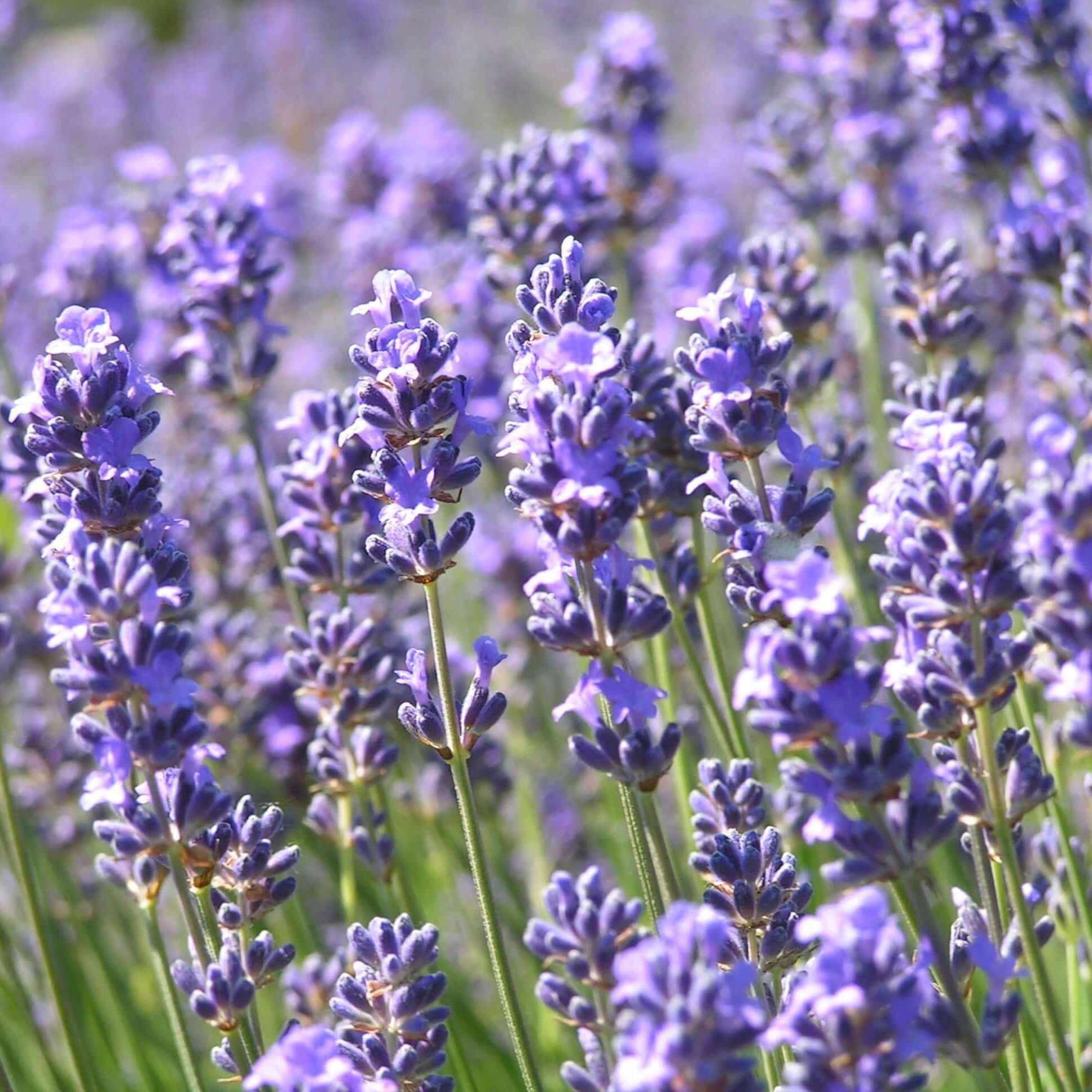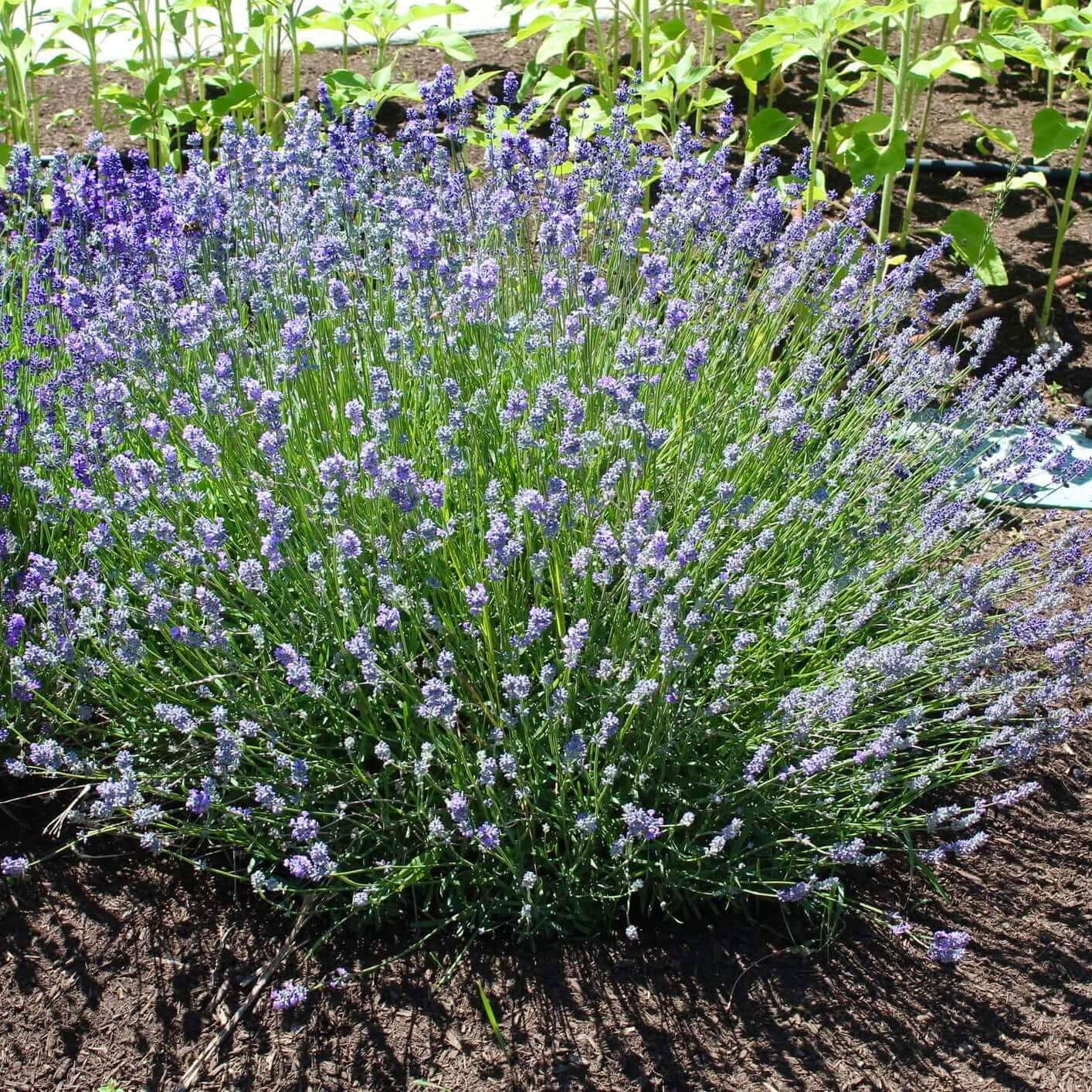
Munstead Lavender
Lavandula angustifolia 'Munstead' (L. officinalis)(L. vera)
Delivery
24-hour money-back guarantee
Free delivery on orders over $349
Big Project? Call 888-444-1126 for bulk rates!
Munstead Lavender is a fragrant and beautiful dwarf English lavender that is sure to add a touch of elegance and charm to any garden.
Native to the Mediterranean region, Lavandula angustifolia 'Munstead' is an evergreen, small shrub known for its beautiful, fragrant deep lavender blue flowers in short loose spikes on short stems that bloom in summer before the regular species. The narrow, grayish-green foliage is also fragrant. Munstead Lavender is a compact and rounded English lavender known for its strong, distinctive scent, which is often used in aromatherapy and perfumery.
Munstead may be slower growing than other Lavandula angustifolia cultivars but it makes up for it with a mass of blooms earlier than others and is the perfect choice for edging pathways. Excellent in a waterwise Mediterranean style landscape or herb garden, Munstead Lavender is also the ideal plant in a pollinator garden. Plant in a location where one can easily brush against it to release its lavender aroma.
Lavender Munstead is a favorite among gardeners for its compact size, fragrance, drought tolerance, and low-maintenance, making it an excellent choice for beginners or busy gardeners.
How big does Munstead Lavender grow?
When does it bloom and what do the flowers look like?
What kind of light and soil does it prefer?
Does it need pruning or special care?
1-3 ft.
1-1.5 ft.
Low
Pollinators, Bees, Hummingbirds, Butterflies
Perfect Your Landscape With Expert Help
Customize your yard with confidence. Schedule your free consultation today and bring your outdoor space to life!



